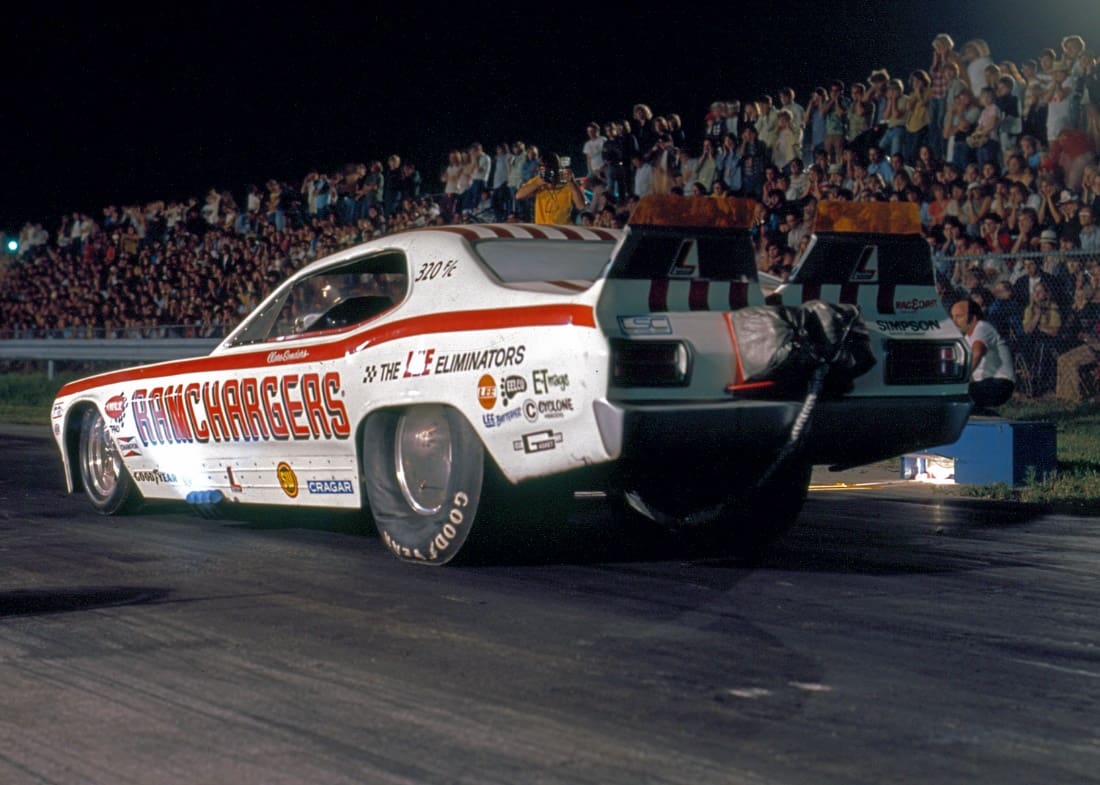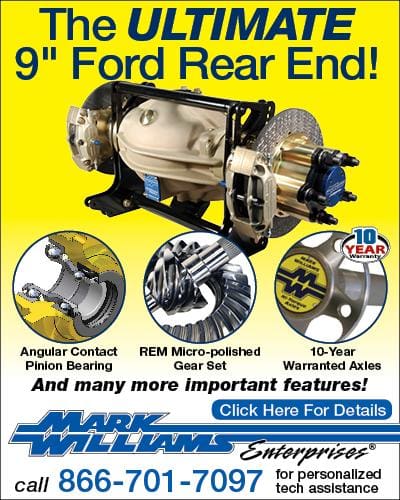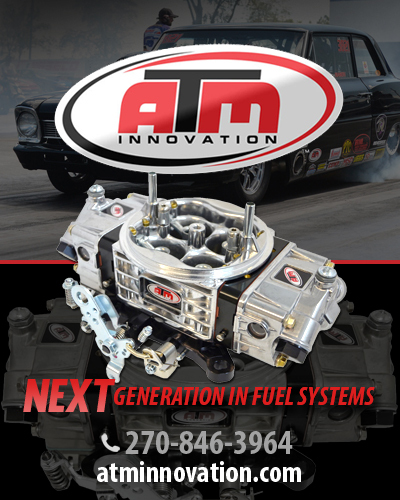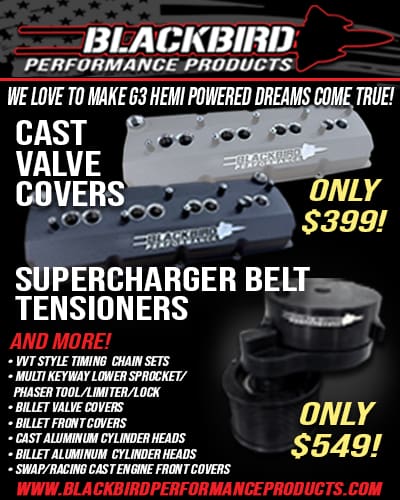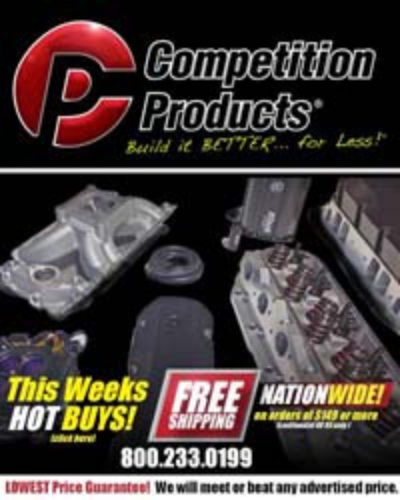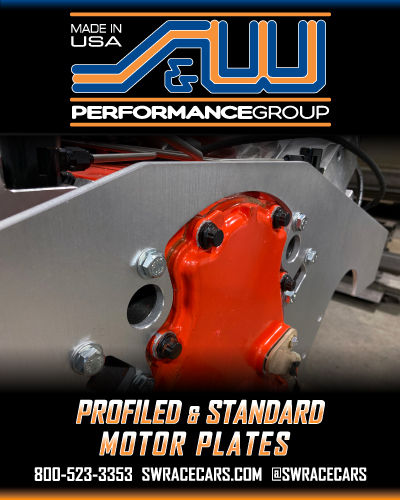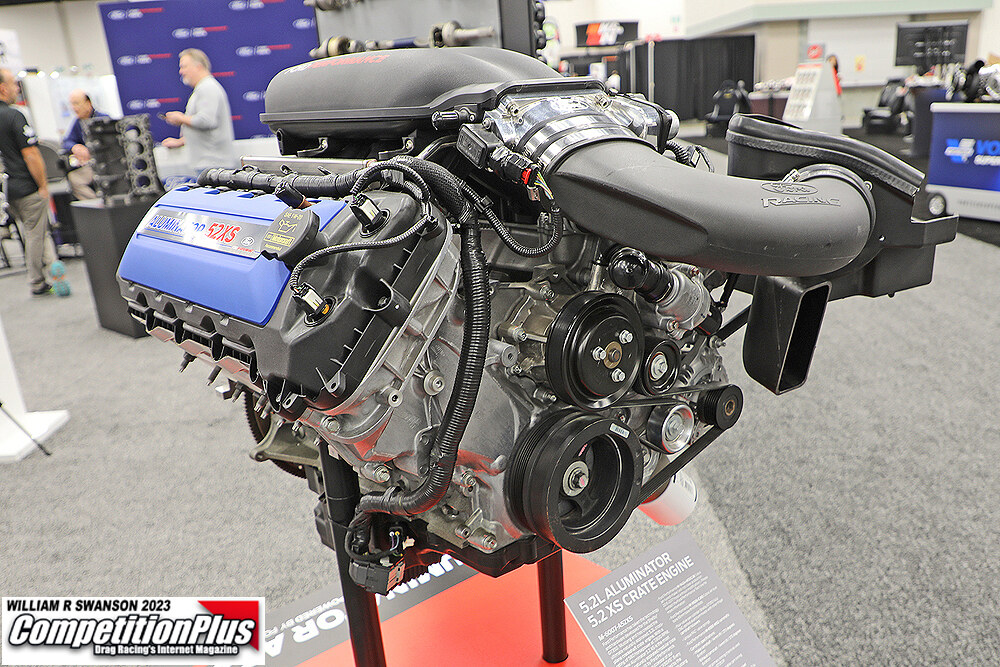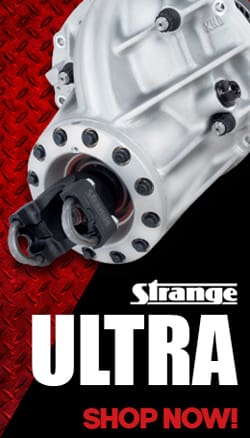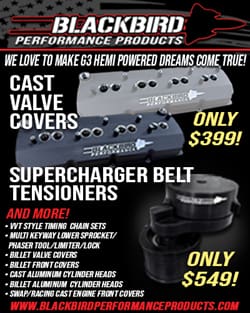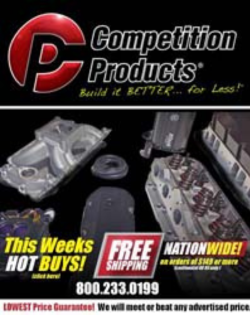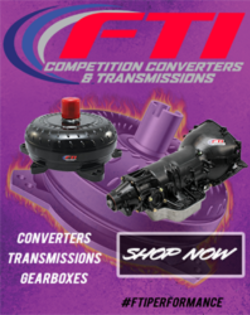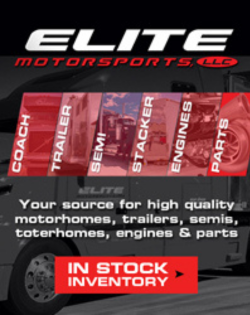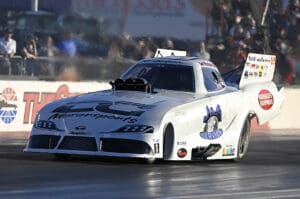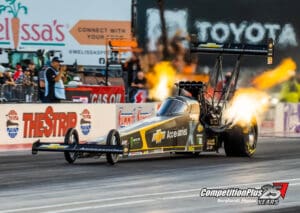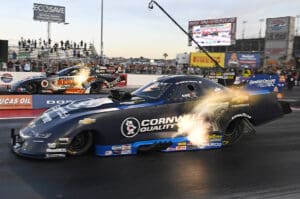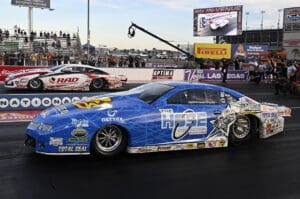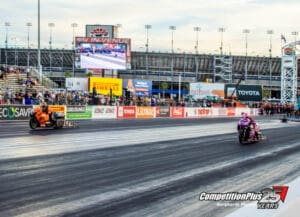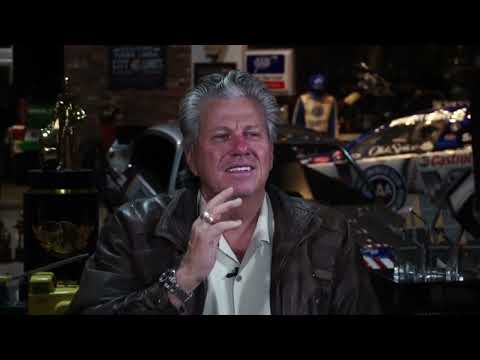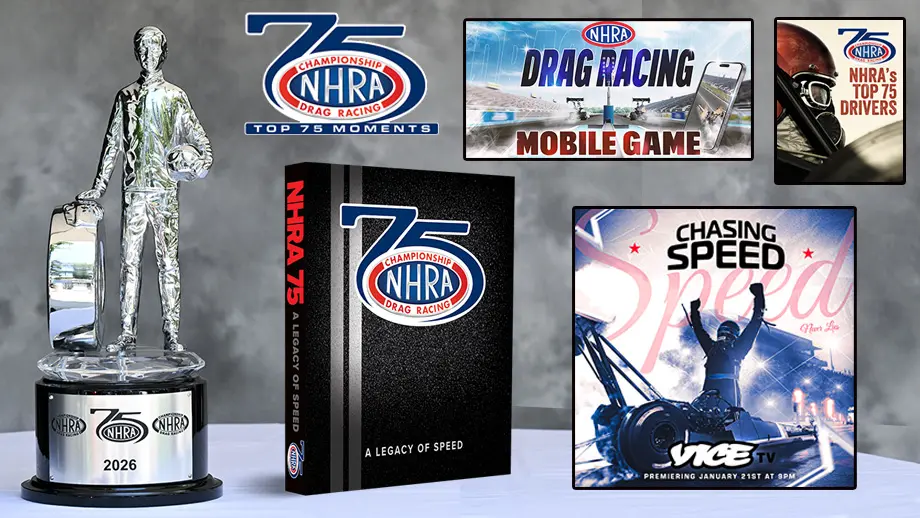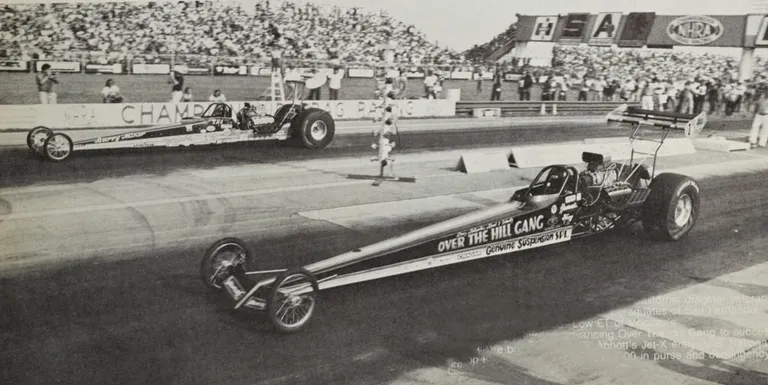Photos by Steve Reyes
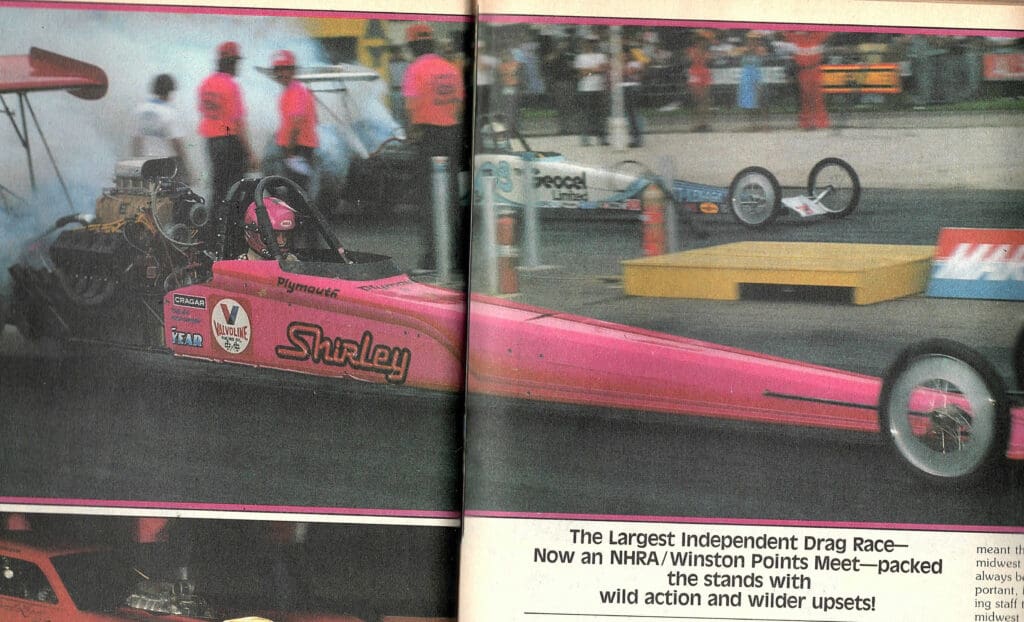

When drag racing rose to mainstream levels in the 1960s, having an event and a magazine was a combination that often went hand-in-hand.
Then there was the old Popular Hot Rodding Nationals at Martin, Michigan’s U.S. 131 Dragway that produced double-fisted entertainment. In 1969, the first Popular Hot Rodding Nationals took place at the track outside Grand Rapids and Kalamazoo, Michigan, and remained a drag racing staple until the late 1980s.
The most regarded magazine drag race began with a handshake agreement between track owner John Grivins and PHR magazine executives Lee Kelly and George Elliot, setting in motion an August tradition always reserved for the second weekend of the month.
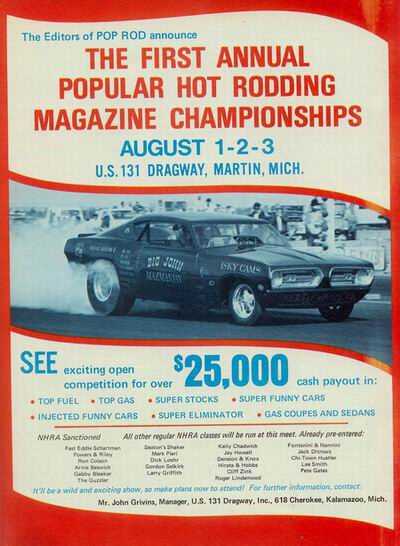
Sure, there were other race magazine events. Still, the PHR Nationals had its own draw that separated it from other events staged by the legendary Super Stock & Drag Illustrated [York, PA.] and the CARS Hi-Performance Nationals [Rising Sun, MD.].
From the day it began, the PHR Nationals was a true drag race in NHRA’s Division 3, which at this time contested the series’ three professional categories.
“For all intents and purposes, the PHR race was a national event,” noted drag racing historian Bret Kepner. “The difference is that in some WCS meets, the promoter just ran open classes, and whoever showed, showed. You might have a Division 2 WCS at Blaney, and the biggest name in Top Fuel would be Powell & Burnett because they have won the division many times. Clayton Harris and Don Garlits were Division 2 racers as well.”
In this era, more teams traveled the match race route as these booked-in shows paid well above what the purse for the required, points-earning divisional events did.
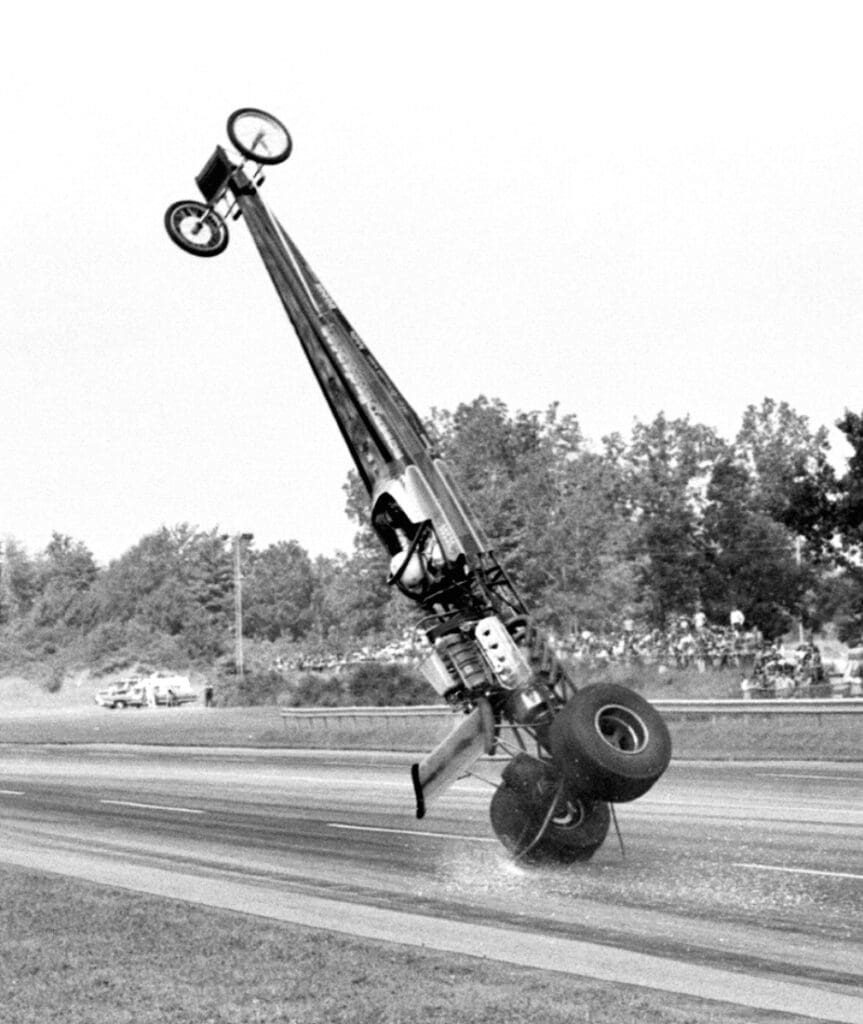

Grivens knew how to create a show and essentially took the money paid to him by Argus Publishing to create an entertaining show by bringing in the big names who were more interested in making ends meet than earning championship points.
For many, the event just made fiscal sense.
“There was a brief period in the mid-’70s where that race was the last week of July or the first week of August,” said Kepner, who announced the events back in this era. “It was close enough to Indy that many people did go there just to test for Indy.”
One thing about the PHR Nationals is that Grivens knew his audience. He’d run full eliminators for the Funny Cars on Saturday evening and Top Fuel and Pro Stock on Sunday.
“Martin [where the track is located] presents a really weird situation,” Kepner said. “That area, Kalamazoo, only has summer from Memorial Day to Labor Day. And nearly every human being up there owns a boat because they’re right on Lake Michigan. And in John’s own words, you can’t get anybody to come to see anybody at a drag strip on a Sunday up there in the summer because they only have three months’ worth of Sundays, 12 Sundays, or whatever to go out on their boat. The rest of the year it’s too cold or snowing.”
That’s why the stands were virtually empty in many of the Top Fuel and Pro Stock final round photos.
“You could find pictures of Don Garlits versus Shirley Muldowney, and there weren’t that many people in the stands,” Kepner added. “But the Saturday night Funny Car show, you couldn’t find a place to stand.”
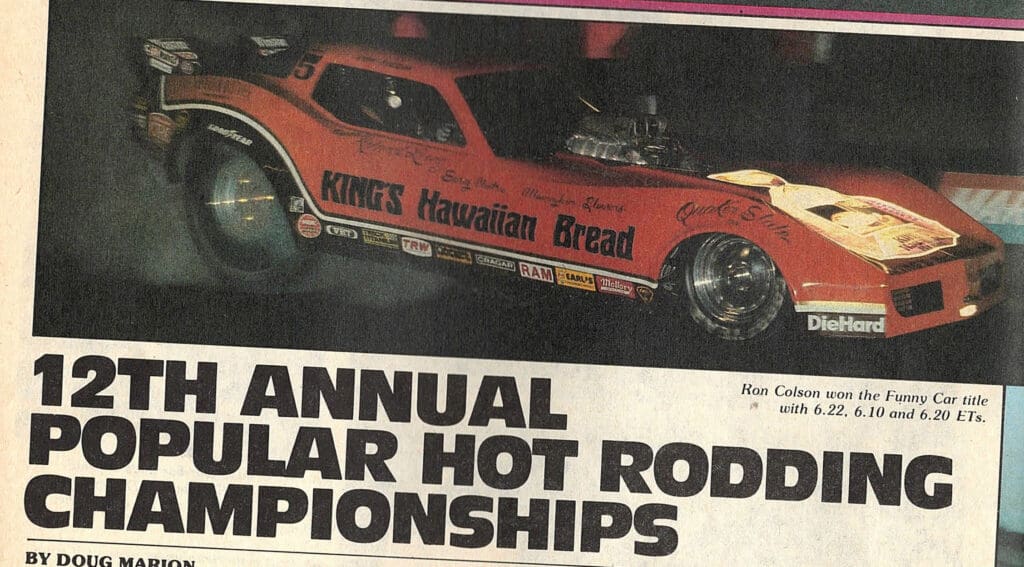

In 1980, the event received its most significant boost when enterprising Funny Car racer Ron Colson, with his penchant for promotion, hired a television film crew for his Colson Communications to film the event for syndication. The next time the event ended up on television was in 1986 when ESPN filmed the event, which became an IHRA national event.
Three years later, it became evident the event had run its course as Argus transitioned event race promotions over to its SUPER CHEVY title and created a series that settled right into place at U.S. 131. In the late 1980s, the SUPER CHEVY Show series staged more events than NHRA at the time.
While the PHR events were known for their professional shows, oftentimes, it was the prestige of the event and the chance to get their car’s picture published in the magazine that made the event a significant draw for sportsman racers.
“It was a prestigious name to have your win associated with,” Kepner said. “That’s why so many cars showed up. It was just a big race, period. I can remember the year Gary Bolger and Bud Richter [Gold Digger Mach 1 entry] won Funny Car, and that win was enough to fill his match race bookings for the next seven years.”
Kepner believes Argus-McMullen’s massive distribution on the newsstands led to the event’s next-level success: that, and the outside-the-box mentality of Grivens.
“None of these other magazines had the true circulation that Popular Hot Rodding did,” Kepner said. “Popular Hot Rodding could be found in just about every grocery or drug store. Whereas Hi-Performance CARS, if you were west of the Mississippi, you probably never saw one. And Super Stock and Drag Illustrated, you were lucky to see one anywhere because it just never sold that much.”
And this, along with Griven’s perseverance, made the event worth writing about decades later.






